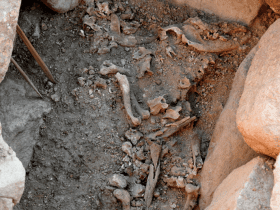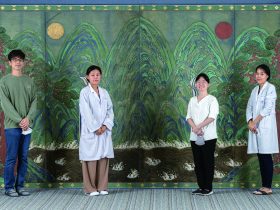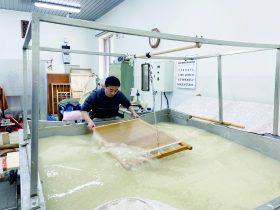Bukcheong Saja Noreum and Munbaeju Liquor
Planning and Coordination Division
JI Sungjin
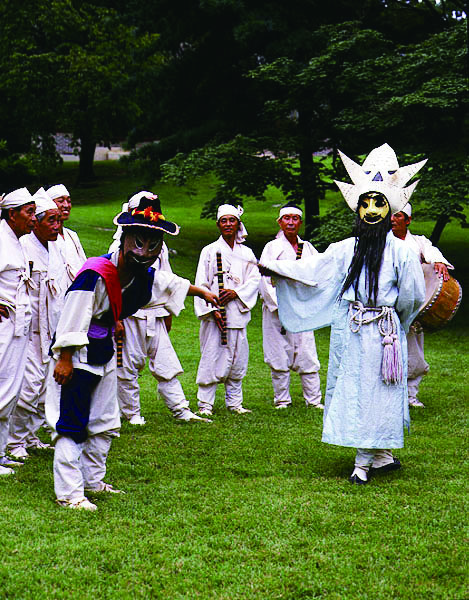

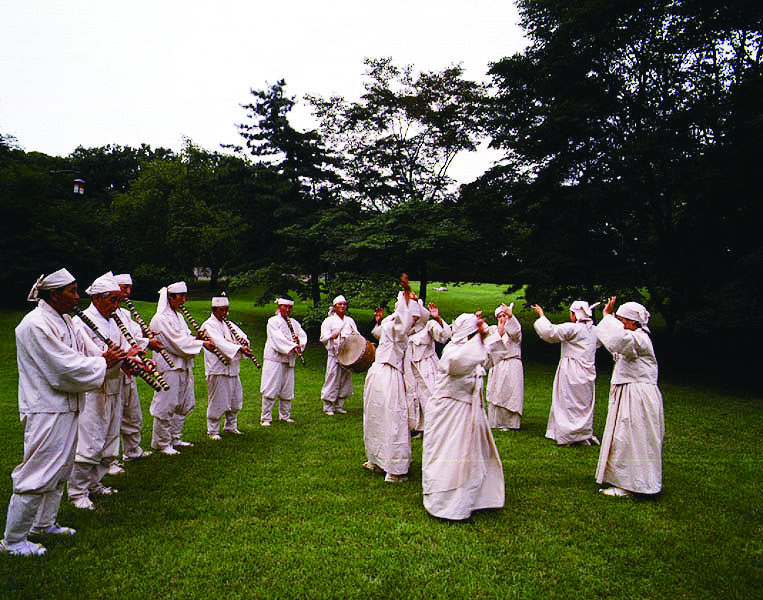

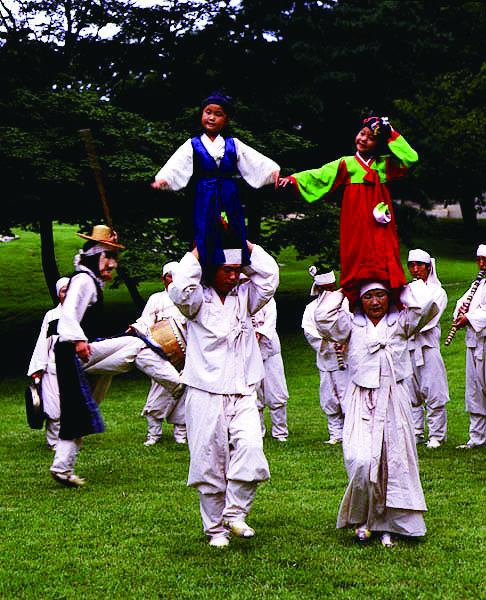

Korea’s Intangible Cultural Heritage, Noreum
Let’s go back in time and think of the old games Koreans used to play. We are reminded of traditional games such as Ganggangsullae (traditional Korean harvest circle dance), Geunettwigi (swinging), Neoltwigi (seesawing), Jegichagi (Korean hacky sack) and Tuho (pitch-pot). Such traditional games carry the meanings of defeating evil spirits and wishing for a long and healthy life, happiness and peace. Noreum refers to a traditional game Korean people used to play with participating characters, composition and music. It has been passed down in various regions of Korea with its locality.
Bukcheong Saja Noreum, otherwise known as Lion Mask Dance of Bukcheong, is a folk play from Bukcheong, South Hamgyong Province in modern day North Korea. People of Bukcheong wore lion masks on the night of the first full moon of the lunar calendar in order to expel evil spirits and wish for peace of the town, believing that a lion had the power to drive away evil things. The performers from Bukcheong who defected to South Korea after the Korean War inherited this tradition and it later became designated as a National Intangible Cultural Heritage in South Korea.
Bukcheong Saja Noreum begins with a torch fight of young men on the eve of the full moon, from the 14th January through to the morning of the 15th January in the lunar calendar. The event continues through to the 16th January, with the performers visiting houses that they have been invited to within the town.
When the play begins, they go around the yard in line and start dancing up until the lion-masked performer enters. The “lion” goes into the master room and the kitchen via the courtyard and pretends to eat someone alive. Then it comes back into the courtyard and dances a lively, skillful dance and makes a deep bow to the deities of the house, including the Jowang (Kitchen God), on the request of the owner. When the lion pretends to fall down exhausted, the people call the great monk to recite the Heart Sutra and a doctor of Oriental medicine to apply acupuncture to invigorate the lion. Everybody then joins the dance when the lion regains its strength and teases the lion. Sometimes, small children ride the lion as it was believed that this act extends their lives and people also hang colorful patches on the lion wishing for longevity.
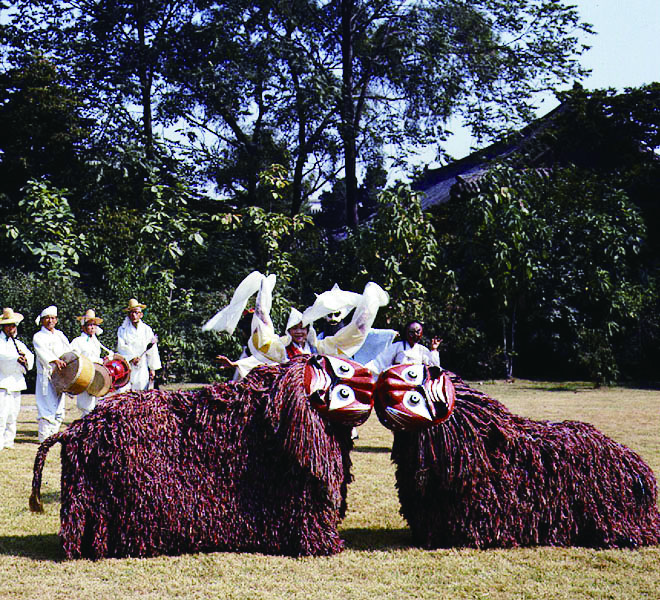

The Netflix Drama “Squid Game” garnered over 142 million views, becoming the platform’s most-watched show ever. Korean dramas are increasingly becoming inspired by various games that Korean adults used to play when they were young. Popular games from the mid-20th century such as Ttakjichigi (paper Slap-Match), Mugunghwa Kochi Pieotseumnida (Red Light, Green Light), Juldarigi (Tug of War), Dalgona (Honeycomb Toffee Candy Challenge), Guseulchigi (Marbles) and Squeed Game (a game of offense and defense) are featured in the drama. The drama’s immense popularity within and outside Korea shows how games draw interest from all ages and all countries.
References: Encyclopedia of Korean Culture, Report on Intangible Cultural Heritage
Liquor that Lightens up Tense Atmospheres
Liquor is something that appears in Korean entertainment culture and customs as it heightens the conviviality and eases difficult relationships. Munbaeju is a distilled liquor that originates from the North and its recipe has become designated as an Intangible Cultural Heritage in the South Korea. Munbaeju has played a key role in the inter-Korean relations so far. It was the official liquor of the Inter-Korean Summit in 2018 and it was also served at the Inter-Korean Summits in 2007 and 2000.
The origin of Munbaeju dates back to the Koryeo Dynasty (918- 1392) and the spirit was offered to the royal family. The name comes from the Korean word Munbae, which refers to the Korean native wild pear as the liquor smells like a wild pear. Munbaeju is brewed from wheat, hulled millet, and Indian millet. Nuruk (fermentation starter) is made from wheat into a disk and it is 20 centimeters in diameter and has a thickness of 5 centimeters, while Jumo (distiller’s grain) is made from hulled millet and Suldeot (mash) is blended with 40 percent hulled millet, 30 percent Indian millet, 25 percent water and 5 percent Jumo. The color of Munbaeju is light yellowish brown with a strong scent of wild pear. The fermented mash has an alcohol content around 16-18 percent and the distilled and matured Munbaeju has the alcohol level up to 48 percent.1)
Cultural heritage encourages exchange between the South and the North as well as finding the homogeneity of the Korean people. North Korea’s games and liquor making methods have been passed down and preserved in South Korea and this is evidence of such ethnic homogeneity. Two Koreas come from the same ethnic background and have played the same games and drank the same liquor. However, due to the Japanese colonial era and the Korean War, they are divided under two separate national administrative systems until today. One day, I hope for a day when people of South and North can play traditional games together with drinks in our hands while wishing for each other’s peace again.


- Report on Intangible Cultural Heritage (Issue 23, December 1994, Cultural Heritage Management Bureau)


